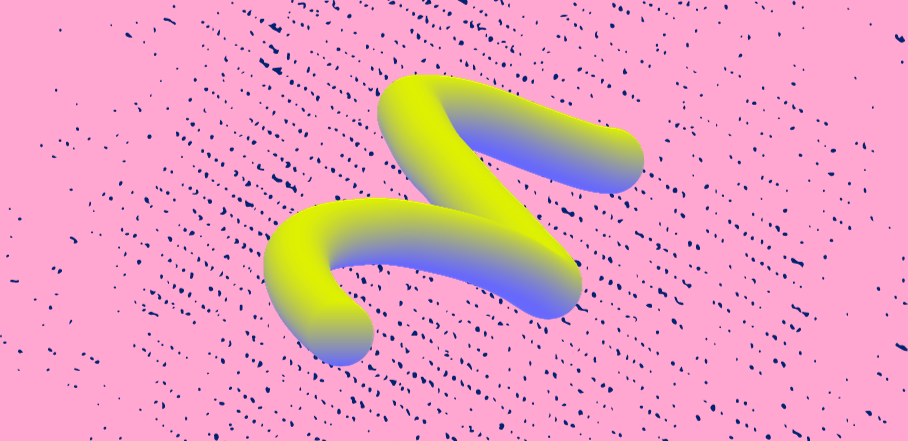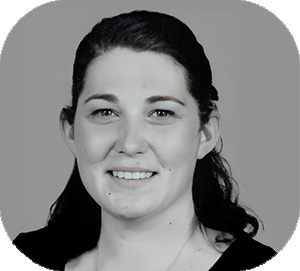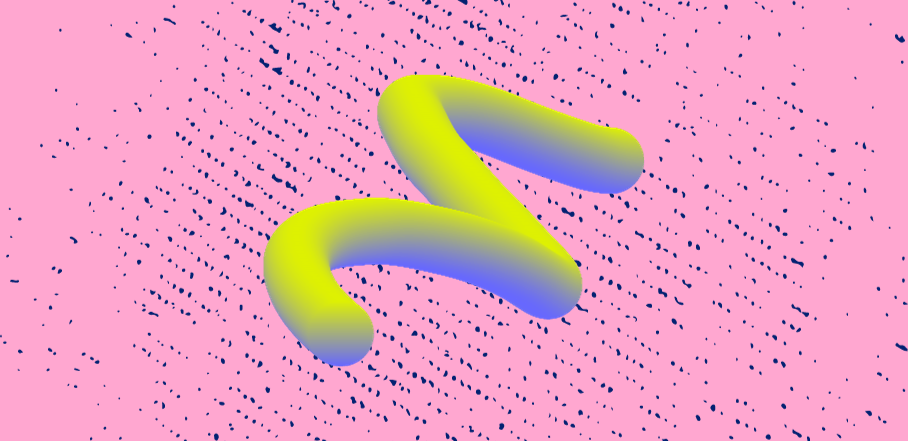Course Summary
This course looks at where Aboriginal and Torres Strait Islanders peoples’ perspectives and knowledge can be incorporated into your daily practice.
You will learn:
- Inspiration on where to include these perspectives
- Tips on how to include these perspectives appropriately
- Some examples you can use straight away
Course time:
About 30 to 45 minutes - perfect for after work or during a spare period. You will have ongoing access via your user dashboard.
Alignment to the Australian Professional Teacher Standards:
All of our courses are mapped to the Australian Professional Teacher Standards (AITSL), and your completion can be logged as relevant, teacher-identified professional development activity with all Australian state teaching regulatory authorities. To do this, grab your certificate of completion from your personal dashboard once the course is complete.
- 2.4.2 Understand and respect Aboriginal and Torres Strait Islander people to promote reconciliation between Indigenous and non-Indigenous Australians.
Certificate of completion:
You will get a Cool.org certificate when you finish to prove that you have completed this course. You can access this certificate (and your course progress!) anytime via your personal dashboard.
Save
Course Content

Including and developing knowledge of First Nations perspectives in daily practice
Course Instructor

Your instructor Hayley Sommeling-Farrugia is an experienced Early Years Educator, Primary School Teacher, and Instructional Designer for Cool. Hayley is an expert at developing content that considers the educational journey from start to finish, as she knows first-hand the experiences, knowledge and challenges of the educators.
This course has been designed in consultation with experts in education and wellbeing.
Frequently Asked Questions
Can I log this PD with my State's teaching authority?
Yes! All of our courses are mapped to the Australian Professional Teacher Standards (AITSL), and your completion can be logged as relevant, teacher-identified professional development activity with all Australian state teaching regulatory authorities. To do this, grab your certificate of completion from your personal dashboard once the course is complete.
- 2.4.2 Understand and respect Aboriginal and Torres Strait Islander people to promote reconciliation between Indigenous and non-Indigenous Australians.
How long will this take to complete?
About 30 to 45 minutes - perfect for after work or during a spare period. You will have ongoing access via your user dashboard.
Will I get proof of completion?
You will get a Cool.org certificate when you finish to prove that you have completed this course. You can access this certificate (and your course progress!) anytime via your personal dashboard.
Is this course accredited?
All of our courses are mapped to the Australian Professional Teacher Standards (AITSL), and your completion can be logged as relevant, teacher-identified professional development activity with all Australian state teaching regulatory authorities. To do this, grab your certificate of completion from your personal dashboard once the course is complete.
- 2.4.2 Understand and respect Aboriginal and Torres Strait Islander people to promote reconciliation between Indigenous and non-Indigenous Australians.
Who are the instructors?
This course is designed by Cool.org's team of education specialists, in consultation with teachers, principals, psychologists, counsellors, and scientists.
Our team continually reviews and refines our resources to align with changes to the Australian Curriculum and best educational practice, so you can be sure your learning is at the cutting edge of education theory.

Welcome back!
Don't have an account yet?
Log in with:
Create your free Cool.org account.
Many of our resources are free, with an option to upgrade to Cool+ for premium content.
Already have an account?
Sign up with:
By signing up you accept Cool.org's Terms and Conditions(Opens in new tab) and Privacy Policy(Opens in new tab).